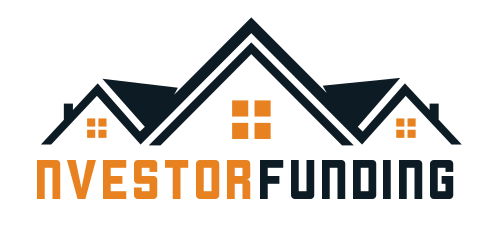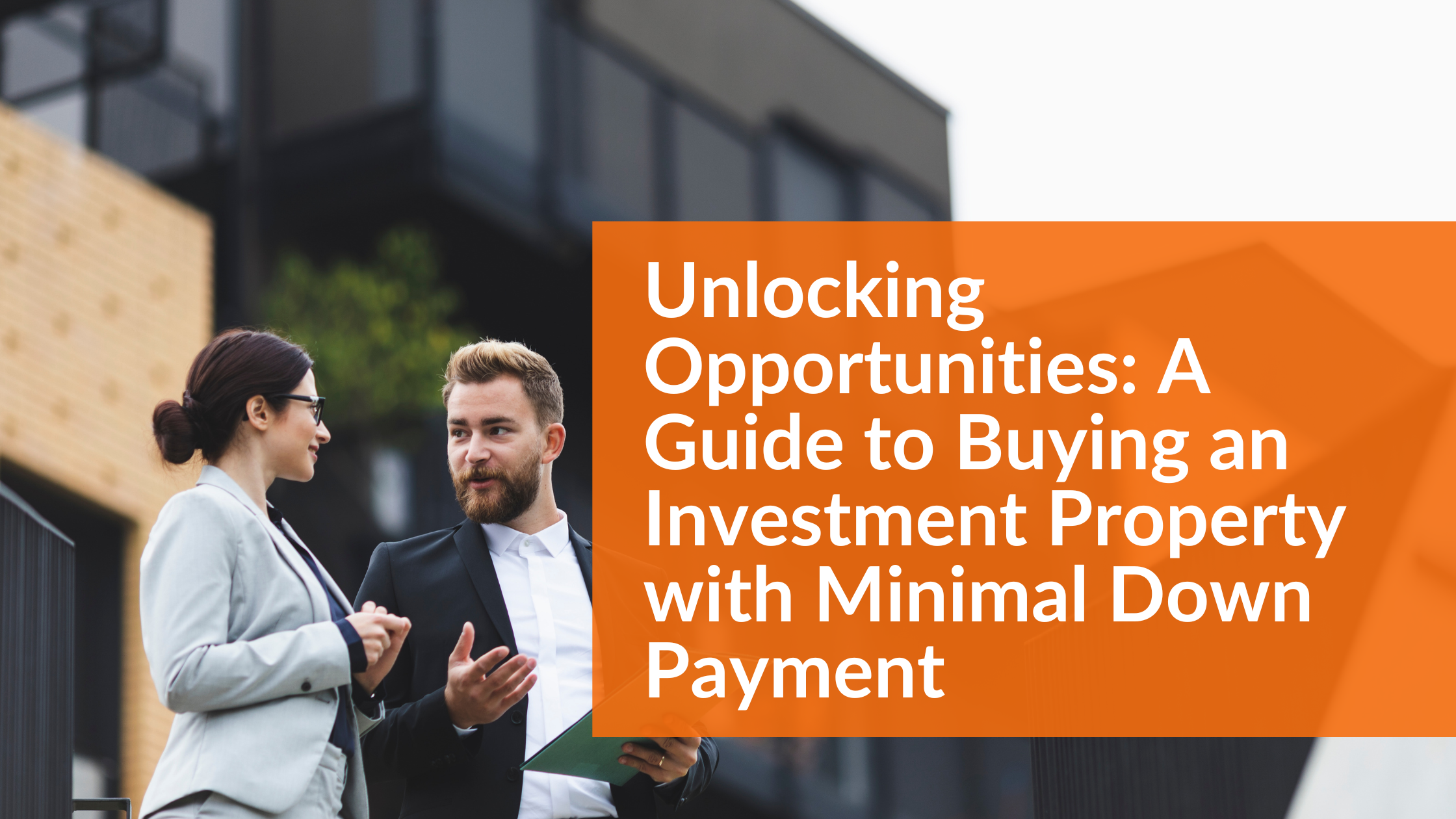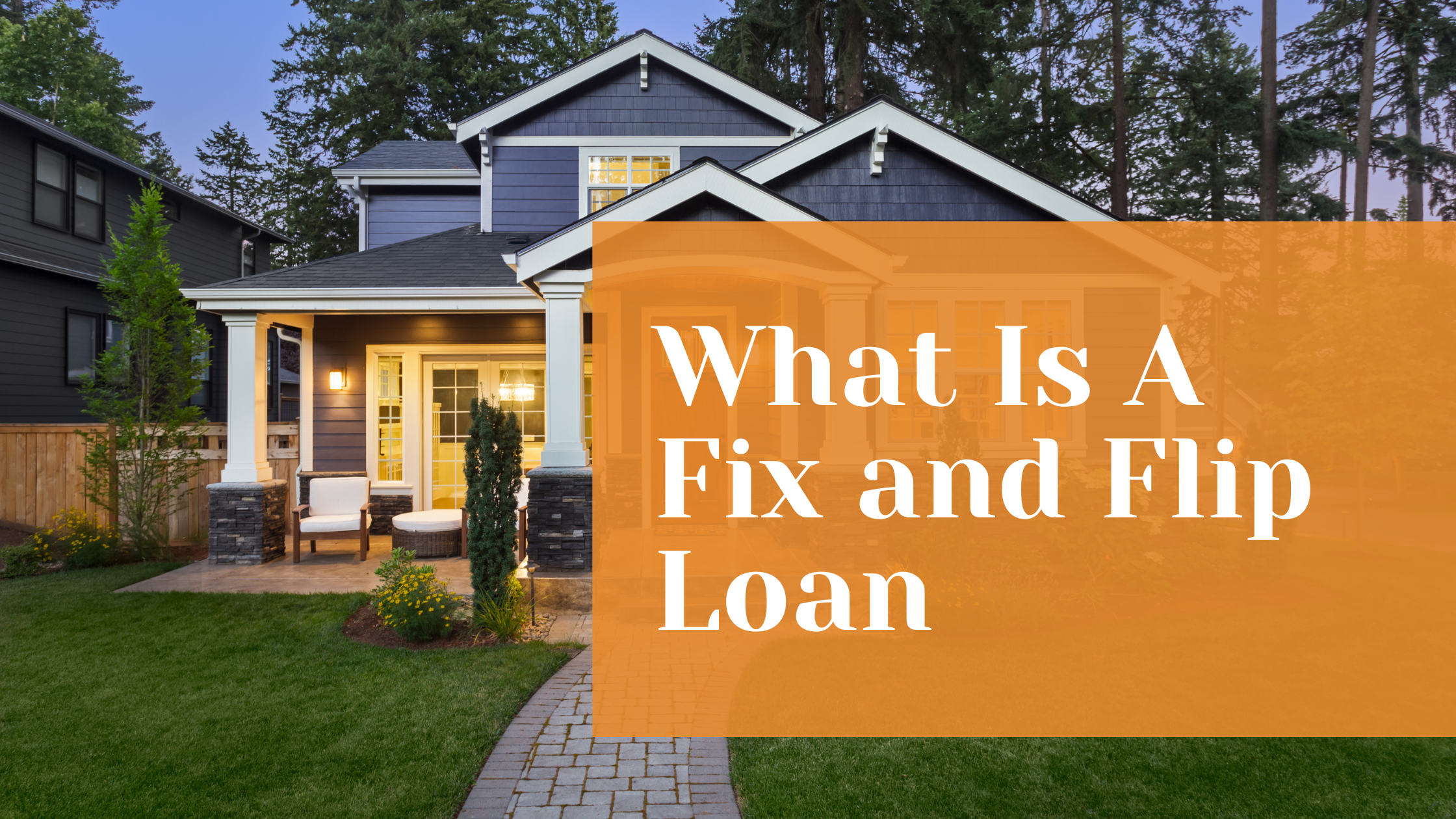How to Obtain Down Payment Financing

With interest rates continuing to stay at all-time lows and home values growing year-over-year, real estate investing has become a go-to for many portfolios.
It seems every market – from big cities to small towns – is experiencing a redevelopment boom sparked by the economic influx and population increase.
These emerging markets are a gold rush for fix and flip investors looking to turn distressed homes into sizeable returns.
The problem lies in scrounging up the capital to secure financing for these real estate projects. Welcome to the wonderful world of hard money and private financing.
Unlike traditional banks, private financing looks at the project as much as the person they’re lending money to.
In turn, these loans are short-term in contrast to their mainstream mortgage cousins. Typically, hard money loans are more expensive in both interest and upfront costs, however tend to be more flexible when it comes to deciding whom to lend money to.
Because these loans are backed more by the project and the after repair value (ARV), they require more of a down payment. Conventional mortgage loans require a down payment of at least 20% for investment properties but have more strict underwriting requirements. Hard money loans, depending on the lender, often require at least 30% of the value, sometimes even 50%.
Those late to the game or lacking the backing by a company positioned to snatch up fix and flip properties at a moment’s notice can find themselves missing out on the most lucrative opportunities.
There are lenders, however, that will provide up to 100% of the value of the property, but will often require upfront costs paid at closing.
So how does an individual or small operation get around this and come up with that much cash to secure a loan?
Home Equity Line of Credit
If your primary home has gained value – and most likely it has – leveraging the home you currently live in is another way to come up with a down payment.
Backed by the equity you’ve accumulated by your home’s increased value, a traditional lender will be more comfortable lending you the money you need.
Once your fix and flip project are complete, you can pay off the HELOC balance. And since a revolving line of credit, you can tap into it for future projects if need be.
Zero Down Loans
Although becoming increasingly rare, private lenders can and do provide 100% financing for a fix and flip project.
These loans are usually reserved for borrowers with an existing relationship with that company or individual. Investors with stellar personal credit and a solid financial portfolio may get a pass on these types of loans, however, the project itself may be scrutinized more heavily.
Because hard money lenders are backing their decision on how likely the property is going to sell after repairs, they will want to look at the project more closely. Before lending 100% of the value, they may have stipulations on what can and can’t be done on the property.
For someone looking to get into the fix and flip game, or hasn’t done many, this may be a good option to get some traction. Once you’ve proven you can turn a profit, the lender may be more apt to lending money to you in the future. Plus, you’ll have the profit as capital to put down on your next project.
Family and Friends
Still technically private financing, if you’re in need of a smaller down payment to secure financing, don’t overlook the power of your network.
If all that’s keeping you from getting approved for hard money financing is a 10% down payment, asking family for help in exchange for a piece of the profits can get you to where you need.
Be sure to get documentation from the source of the funds. Typically, private lenders will want to see something to the effect that it’s either a gift or a loan that can be repaid with the proceeds of the sale of the home.
This ensures that you have some skin in the game by means of your relationship with your family member or friend that is providing the funds.
Use this as a last resort if possible. Involving family and friends in any financial situation has the possibility to create massive riffs in any relationship.
Get Creative
When working with hard money lenders, there are more ways to get a deal done than would be at a traditional lender. Private financing allows you to work with the lender and prove your expertise, rather than relying solely on your credit profile.
If the biggest hurdle to your next fix and flip project is obtaining a down payment, you have options.
Because hard money loans are more expensive and carry more fees, lenders are looking to lend money if at all possible. If you’ve got solid credit and a decent financial portfolio, but lack the means to come up with a substantial down payment, most lenders will be willing to find a way to fund your project.
Let us know in the comments below how you typically source your down payment. Thanks for reading!


